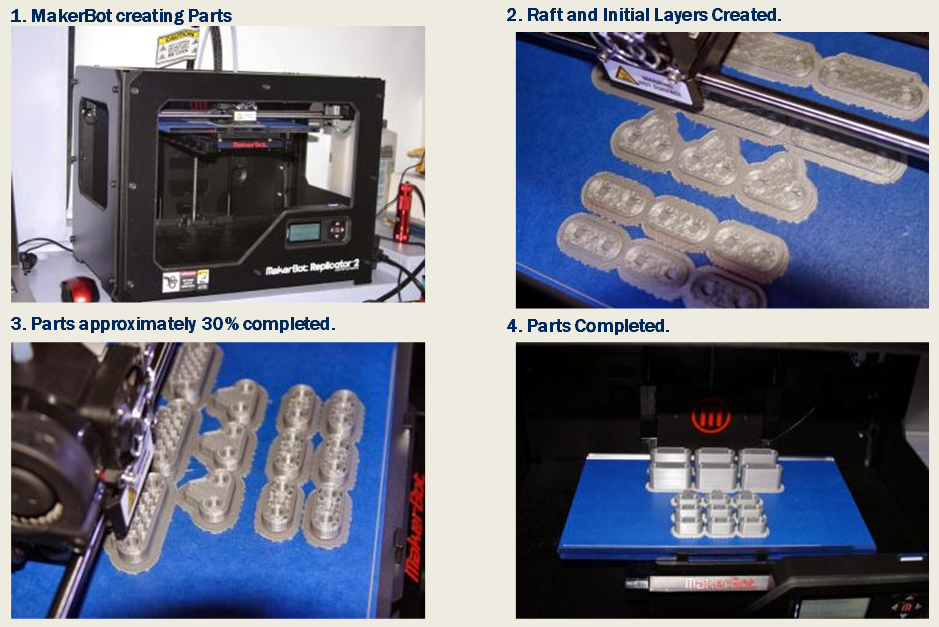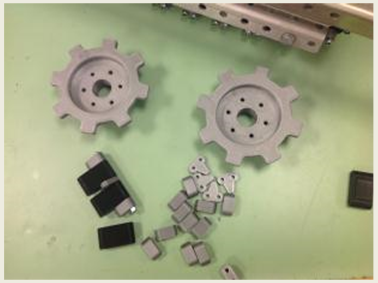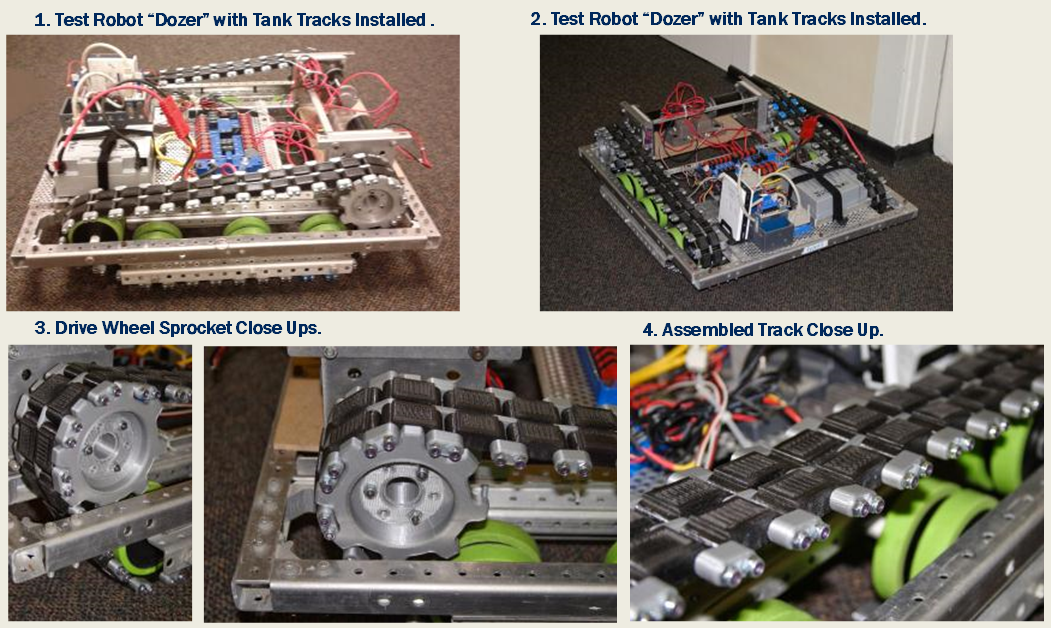Community Tip - You can subscribe to a forum, label or individual post and receive email notifications when someone posts a new topic or reply. Learn more! X
- Community
- PTC Education
- PTC Education Forum
- 3D Printing for FIRST Teams - FRC Robot Example
- Subscribe to RSS Feed
- Mark Topic as New
- Mark Topic as Read
- Float this Topic for Current User
- Bookmark
- Subscribe
- Mute
- Printer Friendly Page
3D Printing for FIRST Teams - FRC Robot Example
- Mark as New
- Bookmark
- Subscribe
- Mute
- Subscribe to RSS Feed
- Permalink
- Notify Moderator
3D Printing for FIRST Teams - FRC Robot Example
Authors: Kari Karwedsky, PTC, and Colm Prendergast, Analog Devices Inc & Mentor for FRC Team 1965
Many FIRST Tech Challenge and FIRST Robotics Competition teams now have access to a 3D printer thanks to the generous donations of suppliers, but now what do you do with it? To get started, it’s probably a good idea to just tinker with it making something like a pencil cup to get a feel for how the printer works. But after that, how do you decide what makes sense to print for your robot?
In this blog series we’ll review a robot design (by FRC Team 1965) that has several components that were 3D printed. This robot was specifically built to test the capabilities of 3D printing techniques. We will then walk through the 3D printing workflow used. We will discuss guidelines for deciding which parts might be good parts to consider 3D printing for your robot. Along the way we’ll provide several tips and tricks that may make it easier for you to get started with your 3D printer.
3D Printing is an additive manufacturing process, i.e. objects are constructed by adding material in layers. Most 3D printers today use different types of plastics as the construction material. In order to 3D print an object, you first need to create a 3D solid model of the object using Computer Aided Design (CAD) software like PTC Creo. PTC Creo is available to all FIRST students (www.ptc.com/go/first).
Example Robot
Our example robot used 3D printing to create parts for a custom tank track system.This robot was built by FRC Team 1965 during the Fall of 2013 to test the viability of using 3D Printed parts on FRC competition robots.

Tank Track Design
The printer used for this robot was a MakerBot Replicator 2, a 4th generation 3D printer that uses PLA plastic as the construction material. PTC Creo was used to design 4 different parts that would be used to create the custom tank track system.

3D printed parts for custom tank track designed in PTC Creo

Detailed view of 3D printed parts for custom tank track design
After the parts were designed in PTC Creo, they were imported into a piece of software called Makerware, which is a software used to prepare parts to 3D-print. Each part model is placed on a “virtual” build platorm and should be optimized to print multiple parts on each build platform. The Makerware software produces a g-code file which contains the instructions for the MakerBot printer to control the extruder movement and plastic flow.

Virtual Build Platform in MakerWare software

MakerBot Printing Process

Completed 3D printed parts ready for assembly

Completed robot with 3D printed tank track design
Tank Tread System Components
To complete the construction of the Tank Tread additional components were needed. This is not an exhaustive list. This robot was completed during the 2013/14 FRC pre-season and was built using mostly parts that we had on -hand in the Lab.
For the Tread Assembly Lock Nuts and Machine Screws are needed:
- Lock Nuts from McMaster-Carr (http://www.mcmaster.com/#90631a009/=v4w6ry).
- Machine Screws from McMaster-Carr (http://www.mcmaster.com/#90276a211/=v4w82e).
For the Sprocket Drive wheel a Hub and nuts/bolts are needed:
- Hub from AndyMark (http://www.andymark.com/product-p/am-0077a.htm).
- ¼-20 hex bolts and lock nuts (reused from older AndyMark Chassis kit).
Idler Wheels are needed to support the Tread:
- 16 x BaneBots 3-7/8” Wheels (http://banebots.com/pc/WHB-KS3-398/T80P-393BG-KS3)
- Spacers to separate the wheels to keep the center links aligned were 3D printed.
Gearboxes from AndyMark:
- ToughBox gearboxes (http://www.andymark.com/ToughBox-p/am-toughbox.htm).
- ToughBox long output shafts (http://www.andymark.com/product-p/am-0211.htm).
Chassis Components from AndyMark:
- C-Base Chassis Kit (http://www.andymark.com/product-p/am-2240.htm).
- Legacy cRIO FRC Control System.
CAD Files
CAD Files for this section can be found on the accompanying PTC Community document (http://communities.ptc.com/docs/DOC-6545) in the attachment, 3D_printing_blog_section1CAD.zip. The CAD files include:
- Tank Drive Sprocket Wheel: m1_tank_drive_wheel_final.prt.1
- Tank Drive Thread: m1_tank_tread_final.prt.1
- Tank Drive Outside Link: m1_tank_tread_link_end_final.prt.1
- Tank Drive Inside Alignment Link: m1_tank_tread_link_mid_final.prt.1
- Tank Drive Idler Wheel Spacer: spacer_0p5x0p375.prt.1
Originaly Posted at: http://firsttechchallenge.blogspot.com/2015/01/3d-printing-for-first-teams-1-of-8_13.html
- Mark as New
- Bookmark
- Subscribe
- Mute
- Subscribe to RSS Feed
- Permalink
- Notify Moderator
Great write-up! Was the tread also printed in PLA or did you use something like Ninjaflex?




